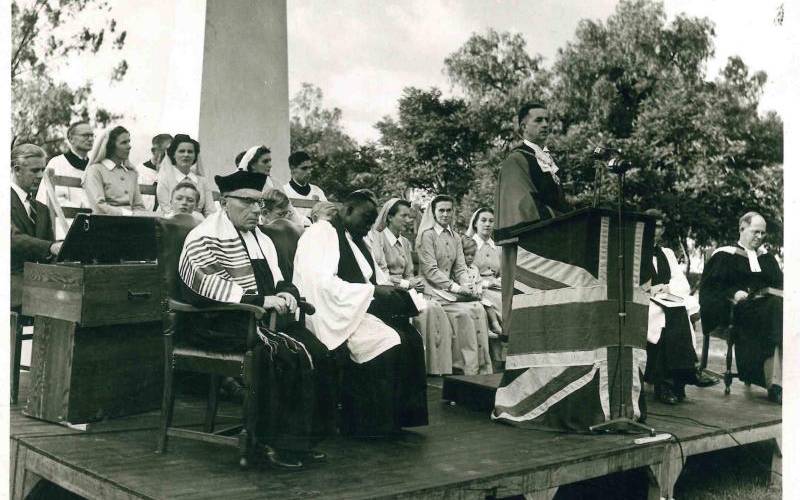×
The Standard e-Paper
Join Thousands of Readers

The Mayor of Nakuru Councillor Winston Smith declaring the festival week open June 1957.[File,Standard]
So Nakuru is finally poised to become a city? And what a wait it has been! Nakuru has lived up to its name of volcanic eruption and salty waters.